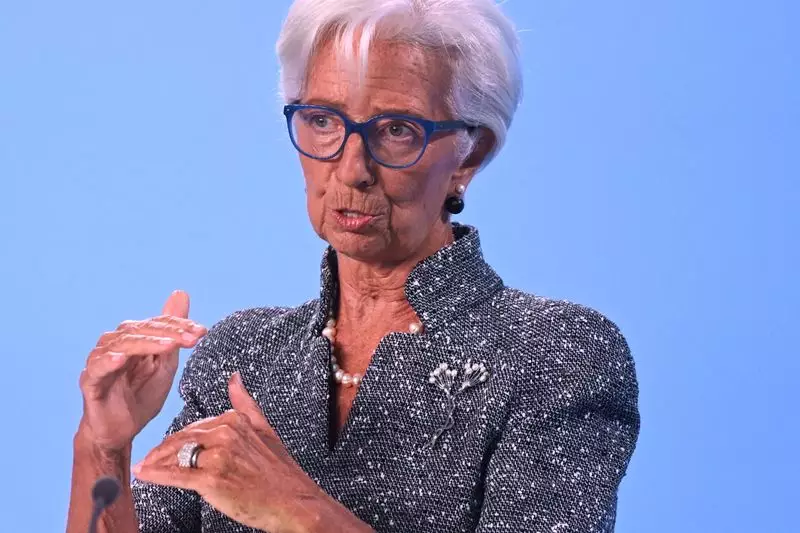The European Central Bank (ECB) recently announced its fourth interest rate cut this year, a move that brings its monetary policy into sharper focus amid ongoing economic uncertainties. As global markets become increasingly entangled in political instability, both within Europe and with external trade relations, the ECB finds itself at a crossroads. The decision to lower rates, aimed at stimulating growth, highlights a dual challenge: navigating domestic challenges while addressing the geopolitical climate, especially concerning potential trade conflicts with the United States.
Challenges of Political Instability
Political instability has emerged as a significant contributor to the economic malaise experienced in Europe. This uncertainty affects consumer confidence, as households brace for unpredictable outcomes from both national and international events. ECB President Christine Lagarde, during her recent news conference, explicitly pointed to this volatility, acknowledging that it is one of the primary reasons driving the bank’s decision-making process. Given the intricacies of the situation, including potential trade wars and tariff impacts, the ECB is compelled to maneuver cautiously.
In her remarks, Lagarde emphasized the uncertainty surrounding the overall impact of tariffs on inflation. This sentiment is critical as it draws attention to the complex interplay of factors influencing inflation rates. The multifaceted nature of these dynamics means that policymakers must remain agile, adapting to ever-shifting economic landscapes. The unpredictability surrounding tariffs complicates inflation forecasting, leading to a cautious yet proactive approach from the ECB. Ultimately, the governing body must carefully analyze these influences to gauge their long-term effects on the euro area economy.
Lagarde expressed a cautiously optimistic view regarding inflation rates, stating that while the ECB is currently not celebrating a victory over inflation, there are positive indications that it is on course to meet the 2% target in the medium term. However, she acknowledged that uncertainties linger, particularly with the heightened geopolitical tensions that threaten to disrupt critical supply chains and energy markets.
Despite these risks, the ECB’s rate cut was seen as a necessary measure, with a consensus reached among governing council members that a 25 basis point decrease was appropriate. This decision reflects a collective understanding of the economic landscape as it stands, with the expectation that inflation might stabilize but may still present potential upside risks due to climatic and geopolitical factors.
The ECB’s economic outlook remains tepid, illustrating that while there are signs of recovery, significant challenges persist. The central bank identified the downside risks to economic growth, attributed primarily to external factors that may dampen export opportunities and weaken overall economic performance. As such, the prospect of recovery is contingent upon several moving parts—confidence in consumption, resolution of trade tensions, and the unfolding climate crisis, which could compound existing challenges.
Lagarde’s comments pointed to a strong need for continued assessment of the evolving economic environment, particularly as it relates to underlying inflation trends. While the ECB expects a gradual strengthening of the economy, the pace is predicted to be slower than previously anticipated.
The ambiguity surrounding future economic conditions necessitates a vigilant approach from the ECB regarding its monetary policy. Lagarde’s commitment to data-driven decision-making underscores the need for an adaptable stance that aligns with incoming economic and financial indicators. The central bank recognizes that its path toward the 2% medium-term inflation target is not linear and will require consistent monitoring of various economic signals.
In closing, the ECB is navigating through multifaceted challenges posed by domestic uncertainties and international trade dynamics. With a commitment to maintaining financial stability, the bank’s recent decisions reflect an acute awareness of the complexities at play. The road ahead may be fraught with risks; however, the ECB seems poised to tackle these challenges head-on, employing a measured approach to foster recovery and achieve inflation stability over the coming years.

